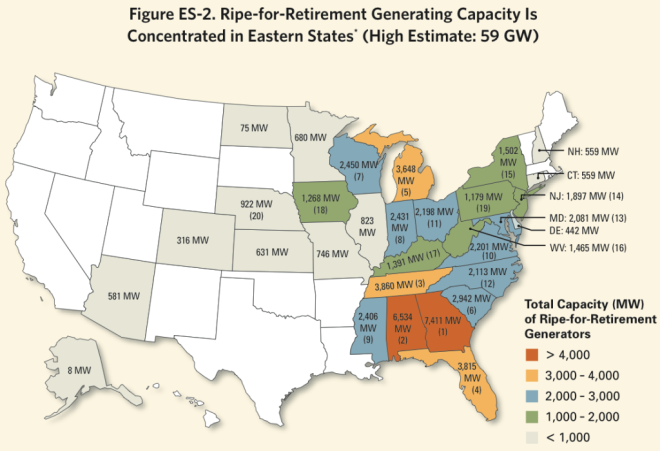Reading the the Copenhagen accords of 2009, it would seem that virtually the entire world has signed up to stabilize greenhouse gas concentrations in the atmosphere at levels that will keep warming below 2°C, consistent with the scientific understanding of the climate system, and on an equitable basis globally. Unfortunately, virtually nobody is considering policies that actually lead to that outcome. Among others, the International Energy Agency (IEA) notes that our current emissions trajectory is consistent with 6°C of warming by the end of the century, which is considered by many to be inconsistent with an organized global civilization. In fact, even if we implemented all the “reasonable” policies we’ve talked about so far (which we’re not doing) the outcome looks a lot more like 4°C than 2°C.
Yet almost nobody is willing to either give up on 2°C publicly, or — maybe more constructively — start a serious discussion about what scientifically grounded, equitable policies that are actually likely to result in less than 2°C of warming look like. Almost nobody, but not quite.
For the last several years Kevin Anderson and Alice Bows of the Tyndall Center for Climate Research in the UK have been trying to publicize this massive disconnect, and get policymakers and the public to acknowledge that in reality there are only radical futures to choose from — either a radical alteration of the climate, or the radical emissions reductions required to avoid it. There is no status quo option. Anderson and Bows are critical of both the scientific establishment for playing down this disconnect, and leaders for refusing to acknowledge in public what some of them understand very well in private.
This conversation isn’t going to go away any time soon. Some selections:
Here’s an hour-long invited talk by Anderson at the Cabot Institute from 2012:

